COVID-19 Pandemic in the Philippines
Did you know that coronavirus came from bats, pangolins, cattles, and camels? Although there is no real existing research and investigation can definitively confirm this report, many scientists believe that the consumption of endangered animals in seafood and animal market in Wuhan, China, caused the spread of the Coronavirus (COVID-19) from animals to humans. But, do you know that pandemics are not new to the world? In 1580, the first influenza pandemic was recorded. In 1919, another deadly influenza pandemic called the "Spanish flu" affected the world population and took the lives of 500 million people.
What is the Impact of COVID-19 on the Philippine Tourism Industry?
Talking about humanity's battle for existence, history seemed to repeat itself as countries all over the world bravely duel against COVID-19. Like any other country, the Philippines was not spared from the wrath of the Coronavirus Disease (COVID-19), which has caused serious damage to health, tourism, and economy.
It can be remembered that because of the spike in COVID-19 infections in the Philippines in 2019, the government imposed travel restrictions and prohibited foreign tourists from visiting the country.
During this time, only foreign nationals involved in medical repatriation, foreign diplomats, foreign seamen, and foreign parents of Filipino citizens with a valid visa, and those arriving for emergency or any other humanitarian reasons were allowed to enter.
The restriction of tourist visits to the Philippines has affected your travel plans, doesn’t it? But, the government was happy to announce that the country has re-opened its door to international tourist visits from visa-free countries starting February 10, 2022. As long as you can present a negative RT-PCR test result taken at least 48 hours before your travel, you can go around beautiful destinations in the Philippines.
But, here’s a heads-up! Always follow the health and safety protocols set by the government when visiting the country in the face of the pandemic. Remember, do not lower your guard as you enjoy the stunning view of the archipelago.
If you have not yet received the required vaccination, secure a confirmed reservation at least seven days with an accredited quarantine facility in the Philippines.
Click here to know the lists of countries and travel requirements and guidelines for international travelers to be granted entry to the Philippines.
Quick COVID-19 Timeline in the Philippines
January 30, 2020, marked the start of the COVID pandemic in the Philippines as the first confirmed case of the Novel Coronavirus (2019-nCoV) was recorded. Later, a surge of COVID-19 cases was documented, which made President Rodrigo Duterte declare a State of Public Health Emergency in Metro Manila and the neighboring cities.
To guarantee full compliance to the health and safety protocols, restriction levels were imposed — Enhanced Community Quarantine (ECQ), General Community Quarantine (GCQ), and Modified General Community Quarantine (MGCCQ).
On March 12, 2020, the Philippines government placed Metro Manila under Enhanced Community Quarantine (ECQ) from midnight of March 15, 2020, to April 14, 2020. Local restrictions were strictly implemented in the city. People in communities under ECQ were placed in total lockdown and mandated to stay at home. Land, domestic air, and sea travel from and to Metro Manila were suspended.
Only heads of the family were permitted to go out to purchase essential goods like food and medicine after presenting a locally-issued quarantine pass. All mass gatherings in the Philippines were canceled, and non-essential businesses such as salons, restaurants, gyms, shopping malls, and theaters were closed.
General Community Quarantine (GCQ) in the Philippines, on the other hand, is less strict than ECQ. Public transportation is allowed but at reduced passenger capacity. Some non-essential business establishments were reopened, including shopping centers, with staff working at alternative schemes or skeleton workforce (minimum employees render services on-site).
Salons and other personal care services were permitted to reopen, but face masks must be worn at all times. Adherence to all COVID-19 restrictions like social distancing and handwashing were emphasized. Hotels accommodated clients, while indoor dining was allowed at 40% maximum of the guest capacity.
At the height of the COVID-19 pandemic in the Philippines, the Philippine National Police (PNP) set up checkpoints across the country to enforce the law and ensure everyone followed the rules.
Note: Checkpoints are common in the Philippines, where locals and foreign travelers undergo manned security check-ups and inspections to ensure safety.
Four days later, specifically on March 16, 2020, the President of the Philippines ordered the entire island of Luzon to be placed under a strict Enhanced Community Quarantine from March 17, 2020, until April 12, 2020. Other local government units followed the president’s call and issued an executive order to place their respective local communities under enhanced quarantine, having the increased number of documented cases as basis for such order.
On April 7, 2020, the community quarantine in Metro Manila and other surrounding cities was extended until May 15, 2020. Fortunately, few areas in Luzon called for Modified General Community Quarantine instead.
As the number of COVID-19 cases decreased, several parts of the country, including Metro Manila , Cebu , and Davao, were placed under Modified General Community Quarantine starting May 16, 2020. Luckily, Metro Manila shifted back to General Community Quarantine on June 1, 2020.
Sadly, Filipinos were up for another bad news as confirmed cases of coronavirus infection in the Philippines hit a surprising count of more than 100,000. For this reason, President Duterte once again lifted back the community quarantine level to Modified Enhanced Community Quarantine (MECQ) in Metro Manila, Bulacan, Laguna, and Rizal province from August 4 to 18, 2020. Community lockdowns, non-essential businesses closing, and public transportation suspension was immediately ordered.
How did the Philippine Government Get the COVID-19 Vaccines?
You might be wondering about the government’s initiatives to deliver the COVID-19 vaccines to the Filipino public. Well, listen up. On October 27, 2020, The Philippine President Duterte ordered the Department of Health and the Department of Budget and Management to collaborate with the government in strategic planning of government-to-government transactions in procuring COVID-19 vaccines . The Department of Health set a 70% vaccination rate in the Philippines target by 2021.
The fact that COVID-19 infected the entire world, the World Health Organization , announced the presence of Alpha COVID-19 Variant (B.1.1.7) in the United Kingdom. Just a month later, two more COVID-19 variants were detected in October 2020, India’s Delta variant and South Africa’s Omicron variant.
To safeguard the country from these new variants, the government suspended all international flights from the UK to the Philippines on December 23, 2020 . On December 29, 2020, international travel restriction was expanded to 19 additional countries with reported cases of new COVID-19 variants, through the recommendation of the Department of Health.
In January 2021 , the Philippine DOH (Department of Health) announced that the government had secured doses of AstraZeneca (America-produced) and Sinovac (China-produced) vaccines for the Filipino population. This health initiative was realized through the Philippine government’s propulsive negotiations with the WHO’s COVAX Facility personnel.
In February 2021 , the Philippines’ Food and Drug Administration (FDA) approved using Pfizer and AstraZeneca vaccines. Such approval was made after proving that these vaccine brands have solid evidence of effectiveness and their benefits outshine the risks.
Unfortunately, the number of COVID-19 cases in the Philippines doubled in March 2021 . It even reached approximately 600,000 cases by March 9, 2021. So, to curb the infection count in Metro Manila, the local government unit enforced a curfew from 10 p.m. to 5 a.m. starting March 13 to 31, 2021.
Despite the unified efforts of government and non-government organizations to keep the situation under control, the COVID-19 virus in the Philippines seemed to be persistent. The number of documented cases of COVID infection in the country continued to rise.
On March 22, 2021, , several cities and provinces, including Metro Manila, Rizal, Laguna, Bulacan, and Cavite in the Philippines, were put under tougher and stricter measures of Enhanced Community Quarantine (ECQ) from March 22 to April 4, 2021. The surge of the infection in the so-called National Capital Region (NCR) Plus Bubble was alarming.
On April 11, 2021, , the Philippine government placed the NCR Plus Bubble under Modified Enhanced Community Quarantine (ECQ), a more relaxed status, which lasted until April 30, 2021. This means that people were not allowed to cross beyond the provincial boundaries of Metro Manila (National Capital Region), Bulacan (Central Luzon Region), Cavite, Laguna, Batangas, Rizal, and Quezon (all located in CALABARZON Southern Region of Luzon).
On April 15, 2021, , the COVID cases in the Philippines reached around 900,000 mark. Isolation beds across the country were filled up by 51%. To avoid decongesting hospitals in the Philippines, health experts requested asymptomatic and mild COVID-19 patients to seek home care.
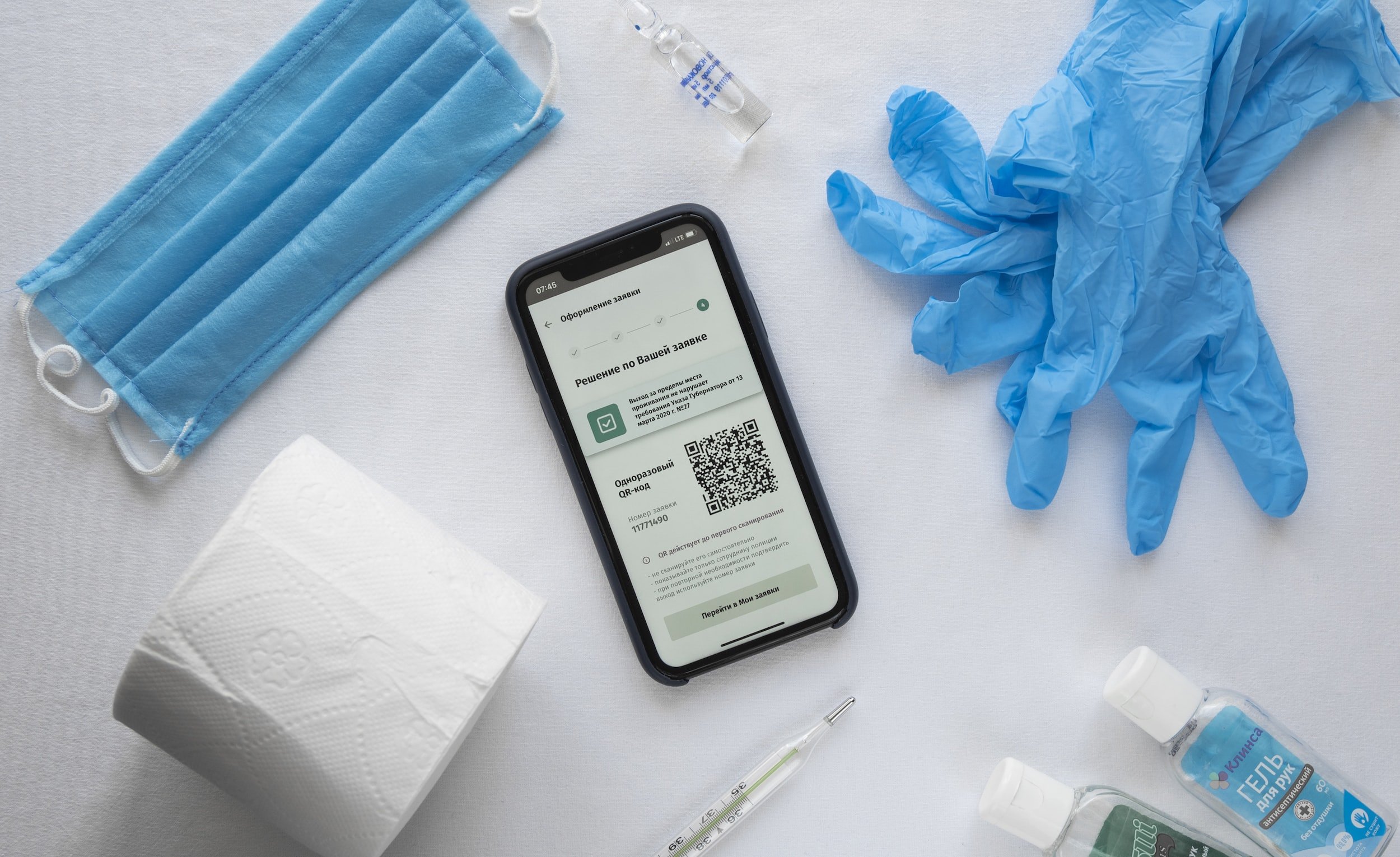
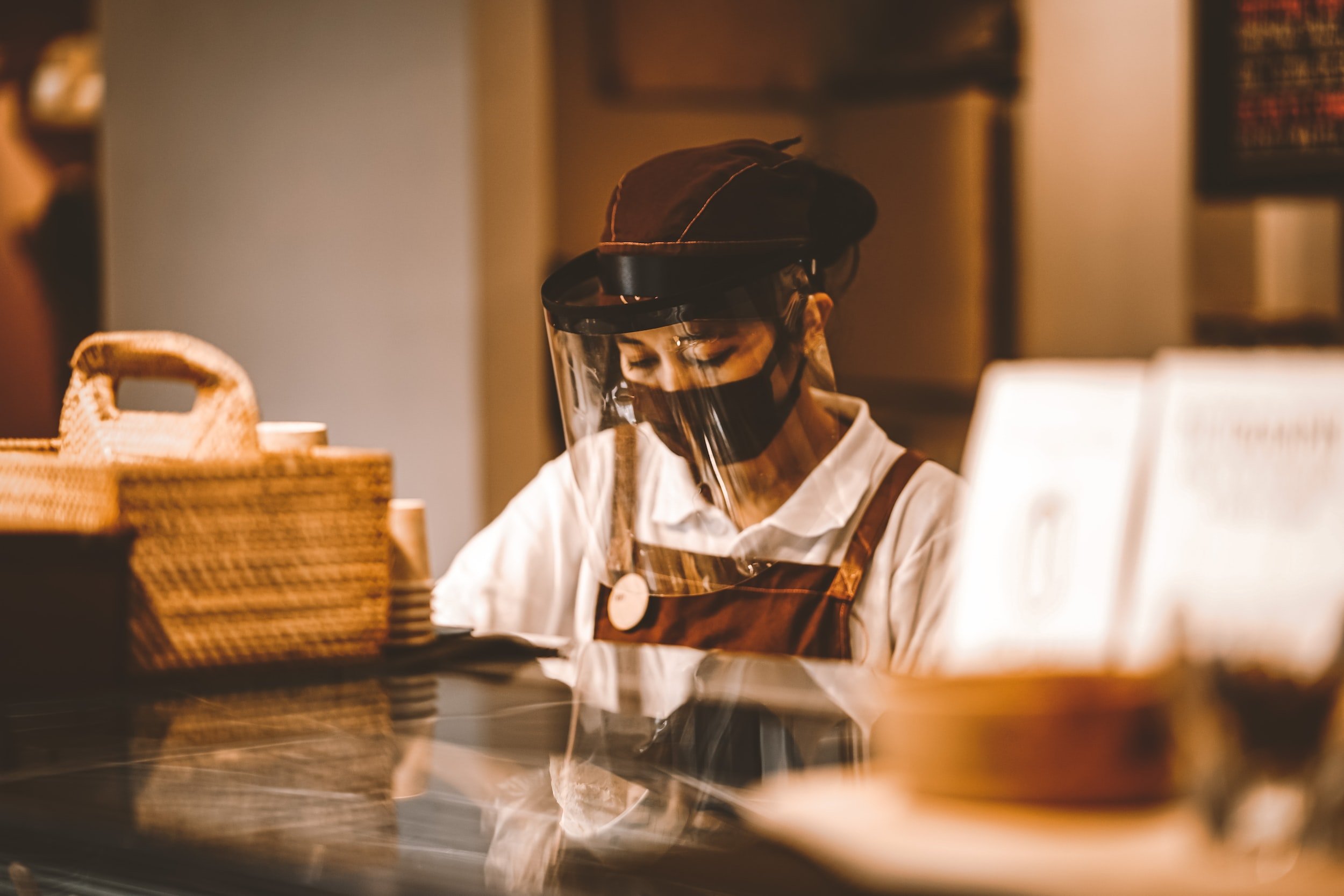

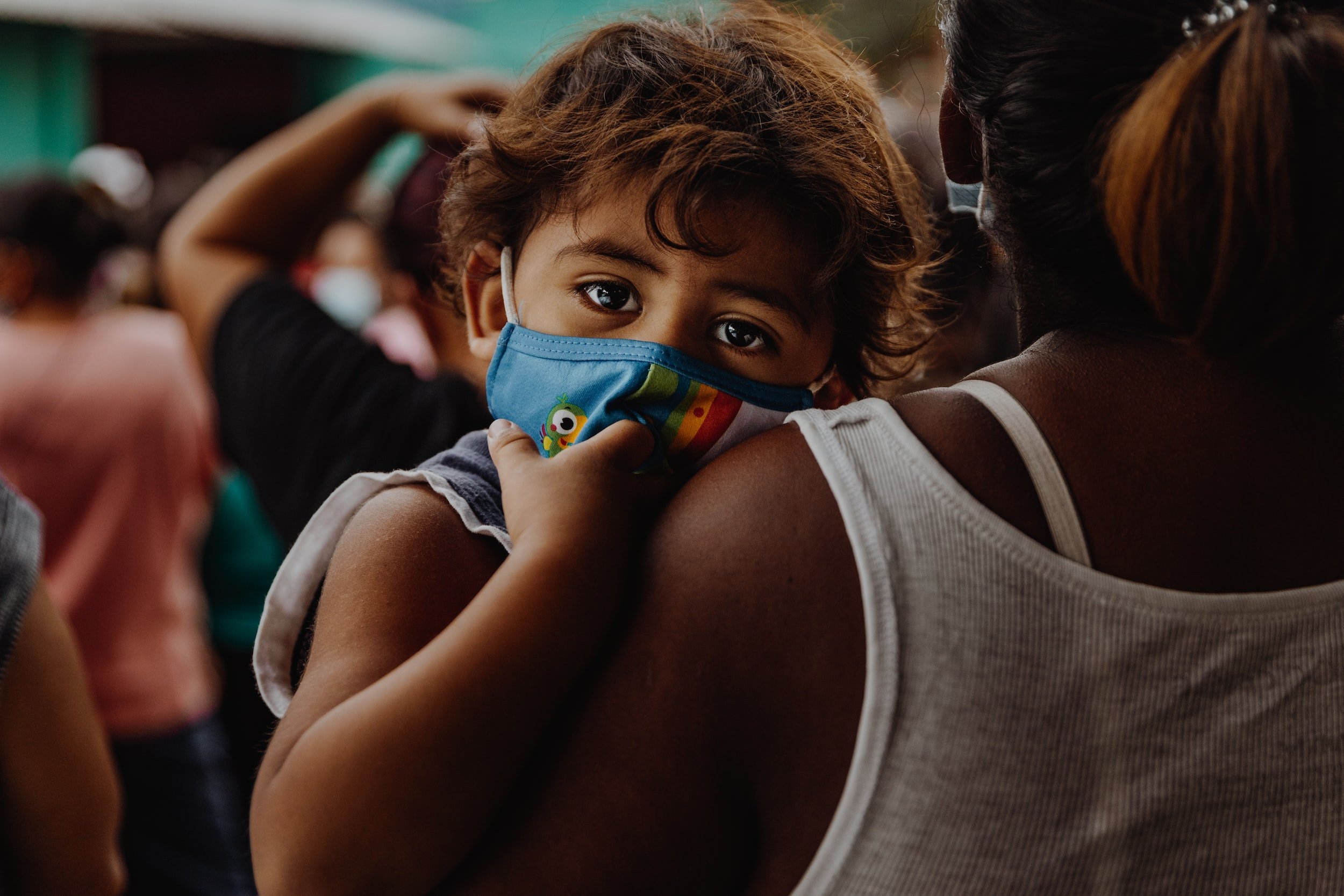
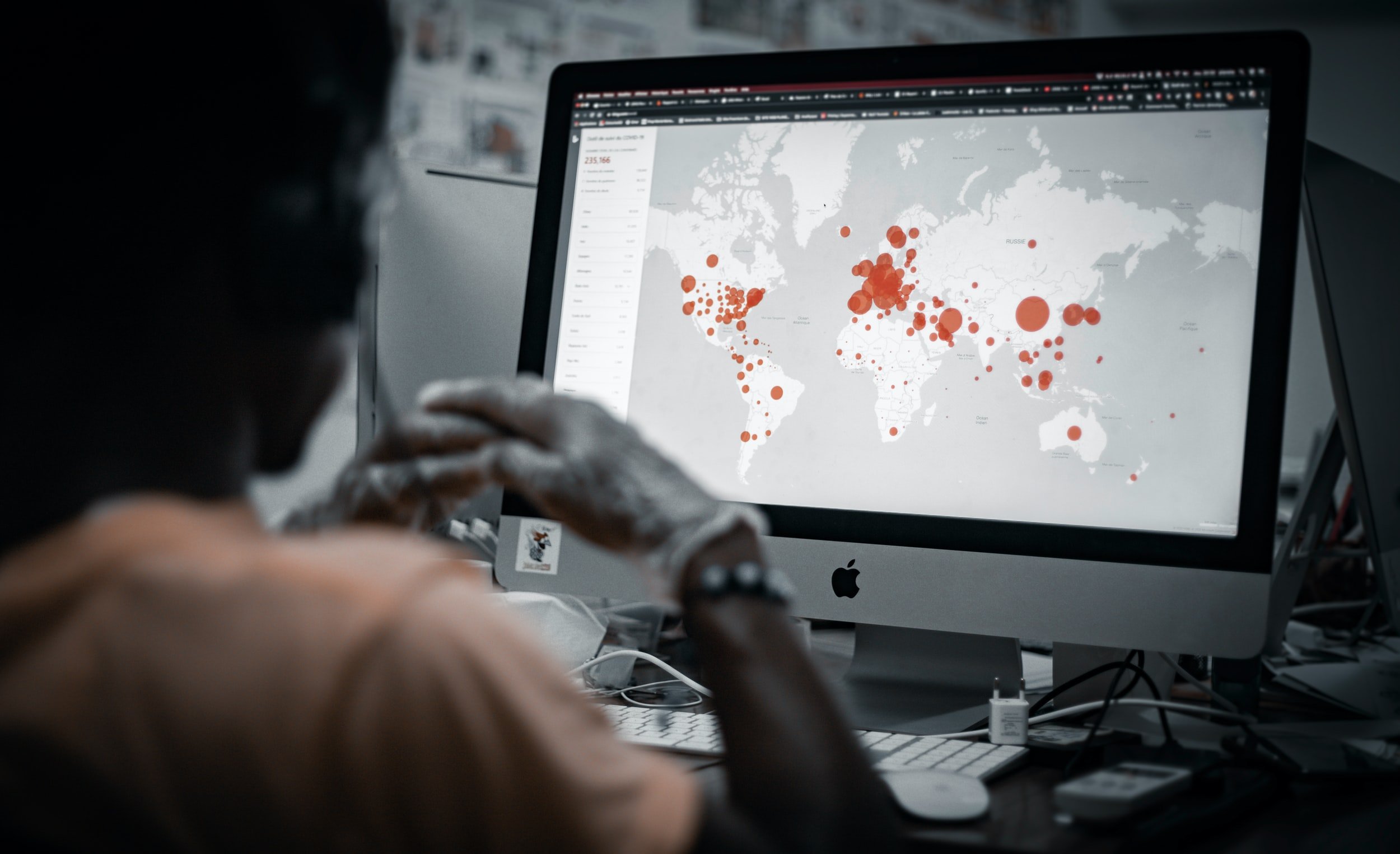
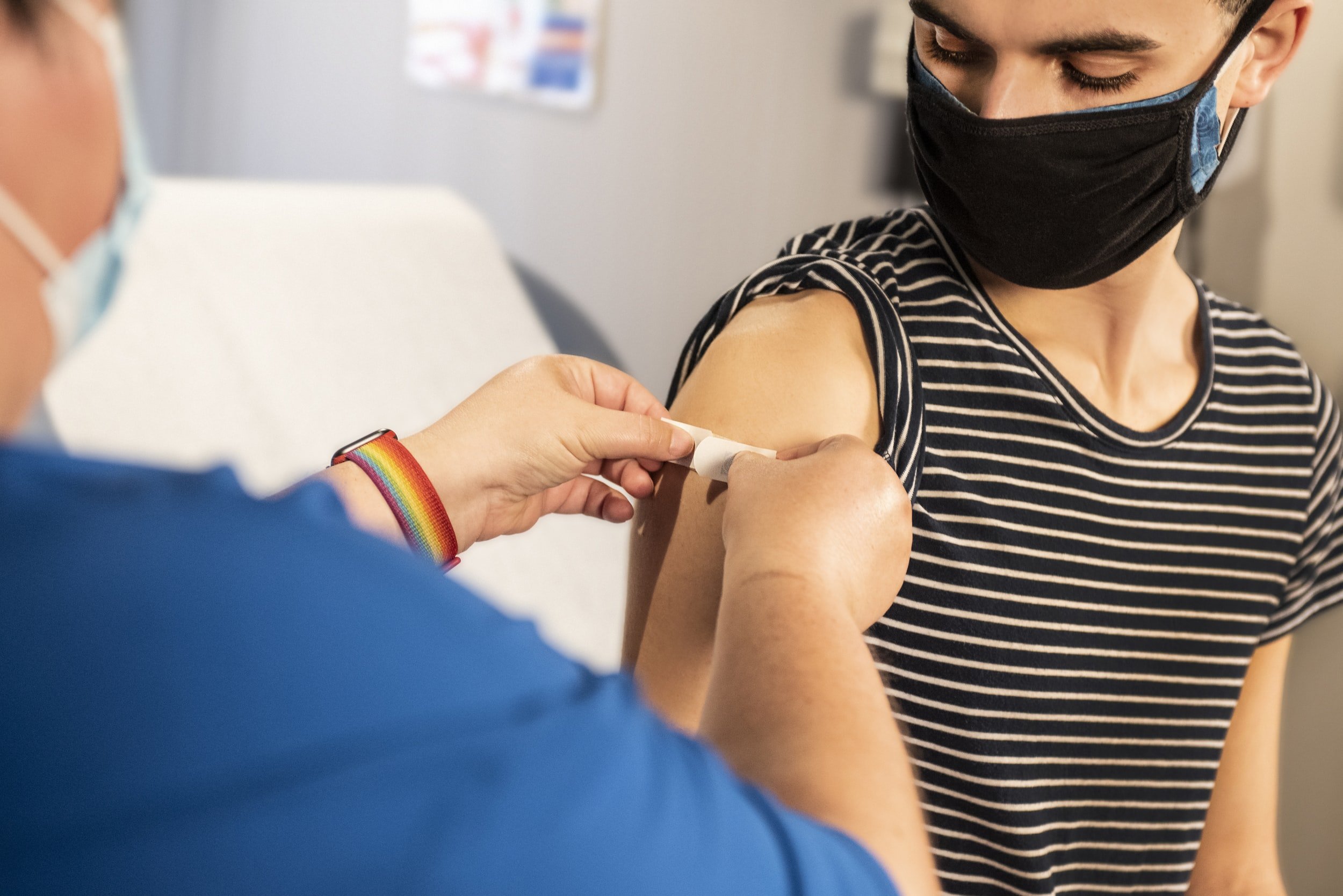
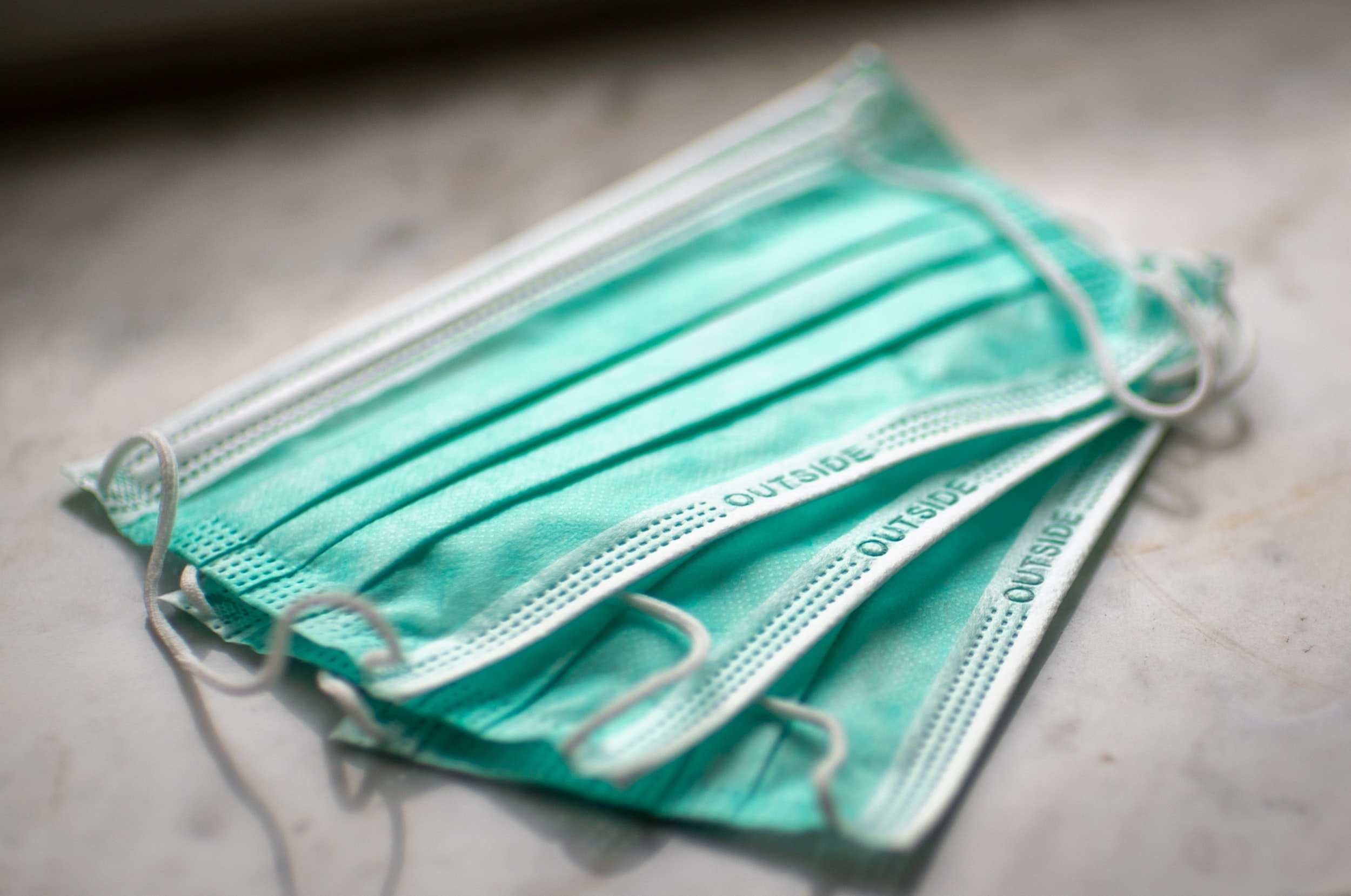
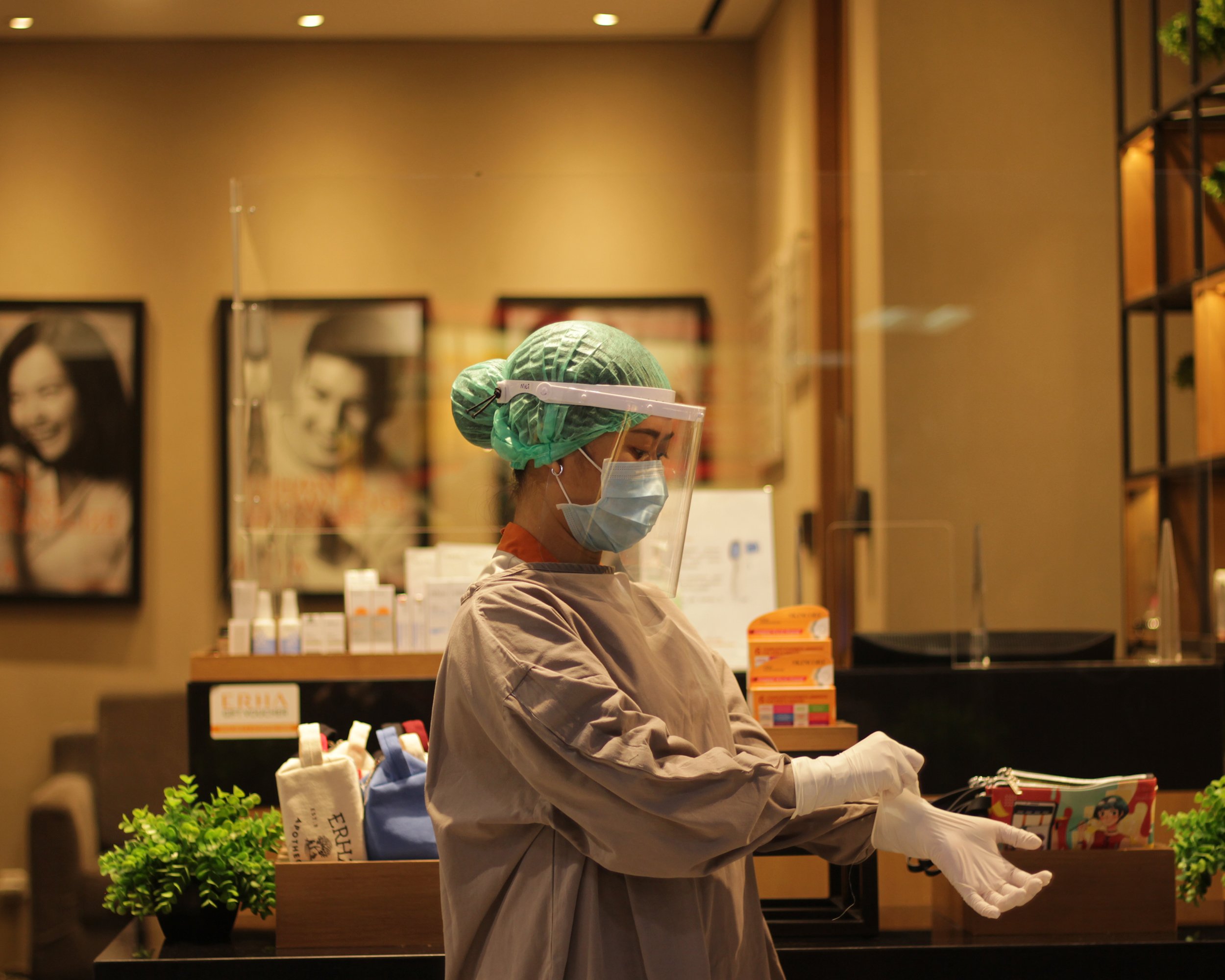
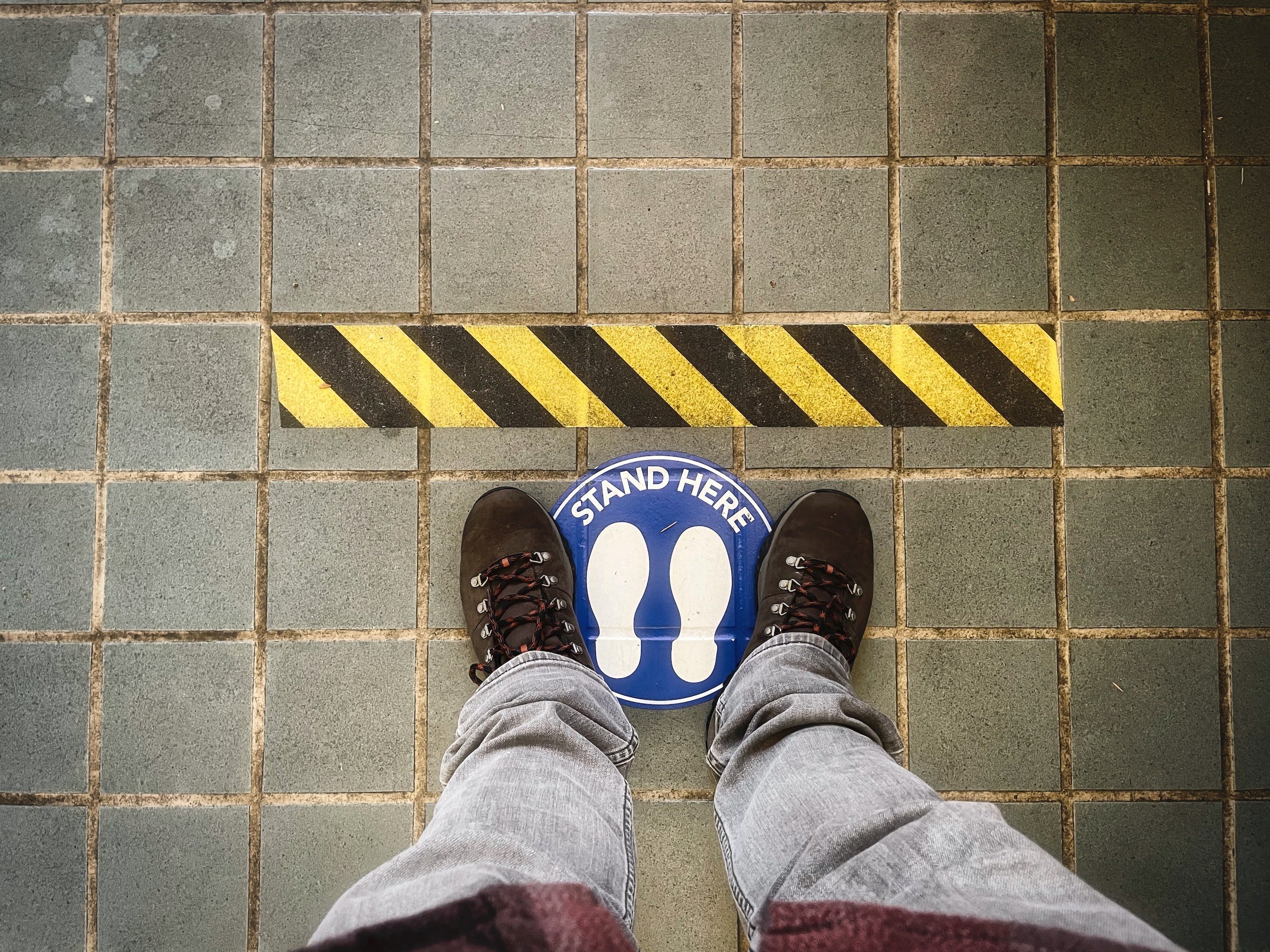

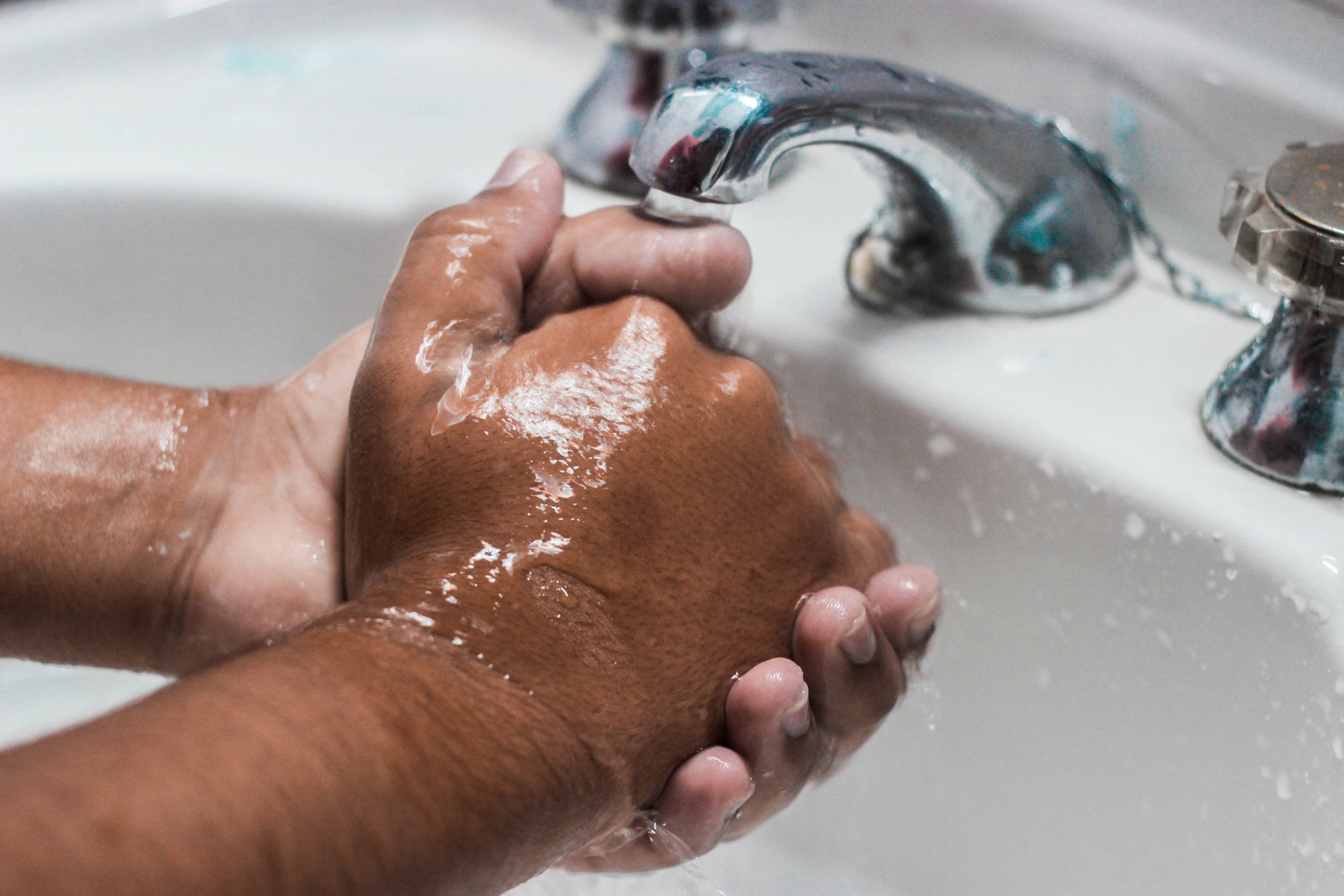
COVID-19 Symptoms and Its Prevention in the Philippines
The infection has lots of symptoms that you should be familiar with. If you can’t name one, pay all ears. Temporary Treatment and Monitoring Facility (TTMF) is an isolation and quarantine facility in the Philippines that caters to suspected COVID-19 cases and closely monitors patients who experience mild symptoms.
-
Symptoms: Fever, dry cough, shortness of breath, and tiredness are the most common general symptoms of COVID-19 Infections. If you get any of the announced signs, it is advised to seek immediate medical care and undergo COVID-19 testing. Unluckily, if you are one of those patients with critical or severe symptoms of the infection, an ambulance will pick you up and provide you with intensive care at the hospital.
-
Prevention: At this point, you already have an idea on how to protect yourself from getting infected by the COVID-19 infection. But, here’s a reminder that you should keep an eye on.
Maintain physical distance, wash hands with soap and water regularly, wear a face mask, be informed of all the precautionary measures, and comply with the restrictions of the Philippines government at all times. -
For more information on what to do, call the COVID-19 Directory Hotlines listed below.
Philippines Official COVID-19 Hotline (Department of Health):
(+63) 02- 894-COVID or (+63) 02- 894-26843
Emergency Hotline - 911
Global TeleHealth, Inc. (KonsultaMD) - (+63) 02- 7798 8000
National Emergency Hotline of the Department of Interior and Local Government (DILG) for COVID-19 concerns, and psychosocial support: 1158
One Hospital Command Center (OHCC) - (+63) 02-886-505-00,
(+63) 02- 0915-777-7777, (+63) 02- 0919-977-3333
Philippine Red Cross for COVID-19 concerns - 1158
Presidential Complaint Center - 8888As a traveler to the Philippines, you will be amazed to know that airports and most shops in the Philippines sell local SIM cards to tourists upon arrival. A "traveler sim" or "tourist sim" is a local Philippine SIM card made especially for foreign visitors. Use it to make local calls and connect to the internet during your stay in the Philippines.
What to Know About the COVID-19 Variants?
Do you know that coronavirus can change over time? Yes, you heard it right. The SARS-COV-2 virus changes over time through mutation, resulting in new virus variants. Some of which are less harmful, but others spread faster. Unfortunately, there are variants that the World Health Organization considers “variants of concern” due to the severity of their impact on individuals’ health.
Learn more about the Covid-19 variants below and how they evolved.
-
Where was the Alpha variant (B.1.1.7) Discovered?
Alpha variant (B.1.1.7) caught the United Kingdom off-guard in November 2020. By mid-December, it had caused an infection surge in the UK. Worse, it mutated the most, including Beta and Gamma variants. Its symptoms include loss of appetite, chills, muscle aches, and headaches. -
Where was the Beta variant (B.1.351) Discovered?
Beta variant (B.1.351), a mutation of the Alpha variant, was identified at the end of 2020 in South Africa. This variant is less popular in Asia but is more likely to result in death and hospitalization.
-
Where was the Gamma variant (P.1) Discovered?
Gamma variant, as another Alpha variant mutation, was first reported in Japan but found to have probably originated in Brazil. Its symptoms are similar to the other COVID-19 variants but are less transmissible and less severe. Unfortunately, it is believed to have the ability to reinfect people.
-
Where was the Delta variant (B.1.617.2) Discovered?
Delta variant was first spotted in India in 2020. Right after detecting the first Delta case in December 2020, it rapidly spread across the globe, including the Philippines. It was until May 2021 that the World Health Organization (WHO) named SARS-CoV2 as Delta and labeled it a “variant of concern” because it is twice as transmissible as the previous variants, which has massively affected international travels all over the world. Note that this variant has massively affected international travels all over the world.
-
Where was the Omicron variant (B.1.1.529) Discovered?
Omicron, known as B.1.1.529, is a COVID variant that was first discovered in Botswana in November 2021. It prompted worry from the health experts since it is thought to bypass the COVID-19 vaccines. However, not enough data can support this claim. As the Omicron variant ignited a new surge in Europe and South Africa, it is believed to be more transmissible but less serious than other existing COVID-19 variants.
The Philippines wasn’t spared from these COVID-19 variants. In fact, the first case of Alphavirus was recorded in January 2021, with around 2400 initial cases nationwide. The Beta variant was recorded in June 2021 with around 2700 initial cases. That same year more variants came — Gamma in March, Delta in April with around 2700 initial cases, and the Omicron variant in December with over 800 early cases.
International Travel Information for Tourists in the Philippines
Travelers and adventure seekers (as you are) would love to hear that starting February 10, 2022, international travel in the Philippines is allowed. The country allows inland trips to selected tourist locations, but few travel restrictions are in place.
Although most famous tourist destinations grant entry to foreign visitors from visa-free countries, COVID restrictions in the Philippines must be strongly followed. Take note that not all travel destinations in the Philippines accept local tourism visits. So, you better know what these destinations are, when planning your travel itinerary.
Check out the list of countries granted privileged visa-free travel to the Philippines.
-
If you are an international traveler to the Philippines, you should comply with the health requirements set by the Philippine government when visiting the country. You should present a negative RT-PCR test taken within 48 hours in the country of origin, and complete the online health form 72 hours before your departure. Lastly, download and register for the TRAZE Contact app before entering the airport in the Philippines.
As a foreign visitor to the Philippines, make sure to provide accurate information when you register to the TRAZE Contact app.• Personal profile includes your complete name, passport number, birthday, age, civil status, nationality, occupation, contact number, email, educational attainment, permanent residence, and country of birth
• Planned destination upon arrival
• Travel details includes your flight and seat number, name of the airline, estimated days of stay in the country, and the main purpose of visit to the Philippines
• Countries you’ve traveled
• Exposure history (This answers the question, “Are you exposed to people with COVID in the past seven days before the travel?”)
• Clinical information and comorbidities which means any existing health conditions that may increase your vulnerability to serious COVID-19 infection -
International travels arriving in the Philippines do no anymore require fully-vaccinated foreign visitors to be quarantined. But, they are required to undergo a 7-day self-monitoring and report to the local health unit in cases of COVID-19 symptoms.
International travelers under self-monitoring as well as suspected COVID-19 patients who are on self-isolation and home quarantine inside the accommodations, are closely monitored by a Barangay Health Emergency Response Team (BHERT) in the Philippines. Serving as the first line of response to COVID-19 patients in the local community in the Philippines, the medical team evaluates the patient's health conditions. It refers to serious cases for hospital admission or health facility quarantine whenever necessary.
The Philippine authorities at the airport verify the validity of the certificate of vaccination that foreign visitors present upon arrival. Only vaccine brands included in the Emergency Use Listing of the World Health Organization are considered valid, namely AstraZeneca, Bharat, Biontech, CanSino, Janssen (Johnson & Johnson), Moderna, NovaVax, Pfizer, Sinovac, Sinopharm (Beijing), and Serum Institute of India. -
You might be wondering if unvaccinated international travelers can visit the Philippines. Yes, definitely they can. But here’s the catch. Unvaccinated travelers need to undergo a 14-day facility-based and preorganized hotel quarantine upon arrival to the country. On the fifth day of the quarantine, they are required to have an RT-PCR test.
Once a negative test result was released, they are allowed to leave the Philippines quarantine facility but are requested to stay inside their chosen accommodation for self-monitoring until the 14th day. The Barangay Health Emergency Response Team (BHERT) in the Philippines closely monitors them.
However, those who tested positive in RT-PCR are given appropriate medical treatment inside the COVID-19 quarantine facility and be allowed to leave the facility only when they are completely COVID-free.
Depending on the COVID-19 restrictions of tourist destinations in the Philippines, unvaccinated and partially vaccinated tourists must present a negative RT-PCR or antigen result upon entrance.
Here is the latest update of Philippines International Travel Information. -
Outbound - All foreign nationals may now fly out of the country at any time, subject to the availability of flights and quarantine restrictions of their country of destination. Departing passengers should arrive at the Ninoy Aquino International Airport (NAIA) at least 3 before the departure schedule for the check-in procedure.
COVID-19 Useful Links for Local and International Visitors in the Philippines
As you know, fighting against the challenges of the COVID-19 pandemic demands collaboration from public and private health partners, locals, and international tourists.
For this reason, the Philippines government, through the Department of Health (DOH), launched the DOH COVID-19 hotline (Philippines Official COVID-19 Hotline 02 894-COVID or 02 894-26843).
These links intensify everyone’s capacity to control the spread of the infection. It also helps empower health authorities to detect the virus and provide medical assistance and treatment to suspected COVID-19 cases in the Philippines.
Contact Tracing App: TRAZE Contact App
COVID-19 Tracker: COVID-19 Tracker | Department of Health (DOH)
Department of Health: https://doh.gov.ph/
Department of Tourism Hotline: 1-386
DOT Official Facebook Page: Department of Tourism - Philippines | Facebook
Inter-Agency Task Force (IATF) Resolutions: IATF Resolutions | IATF
Philippines Travel Advisory: https://philippines.travel/safeph
US Embassy in the Philippines: COVID-19 and Travel Information
World Health Organization Travel Advice: https://www.who.int/travel-advice
Philippines Air Flights Travel Rules and Advisories
COVID-19 pandemic has changed the world's economy and has massively impacted travel including flight transfers. The Philippines government issued precautionary measures and placed new mandatory protocols and travel requirements at the airport and airline facilities. You need to be informed of these travel rules and advisories to ensure convenience when traveling to the Philippines.
PhilippinesAirlines: https://www.philippineairlines.com/en/covid-information-hub/safety-measures
Cebu Pacific Airlines: https://www.cebupacificair.com/pages/travel-info/covid-travel-reminders/where-we-fly
Air Asia Airlines: https://support.airasia.com/s/article/Travel-Requirements-Philippines?language=en_GB
SUMMARY - COVID-19 Pandemic in the Philippines
A decreased number of cases was expected because of the government’s efforts to have the majority of Filipinos vaccinated. The Philippine government never stops encouraging all its citizens to follow proper health protocols.
The local government units and other private agencies are working hard to fight against the pandemic and its effects on the lives of many Filipinos. As the Philippines allows international travels, be prepared to submit yourself to health requirements and protocols to be permitted to enter.
Feel free to read about our articles on health & travel insurance requirements in the Philippines and leave your comments below for any questions you may have.










